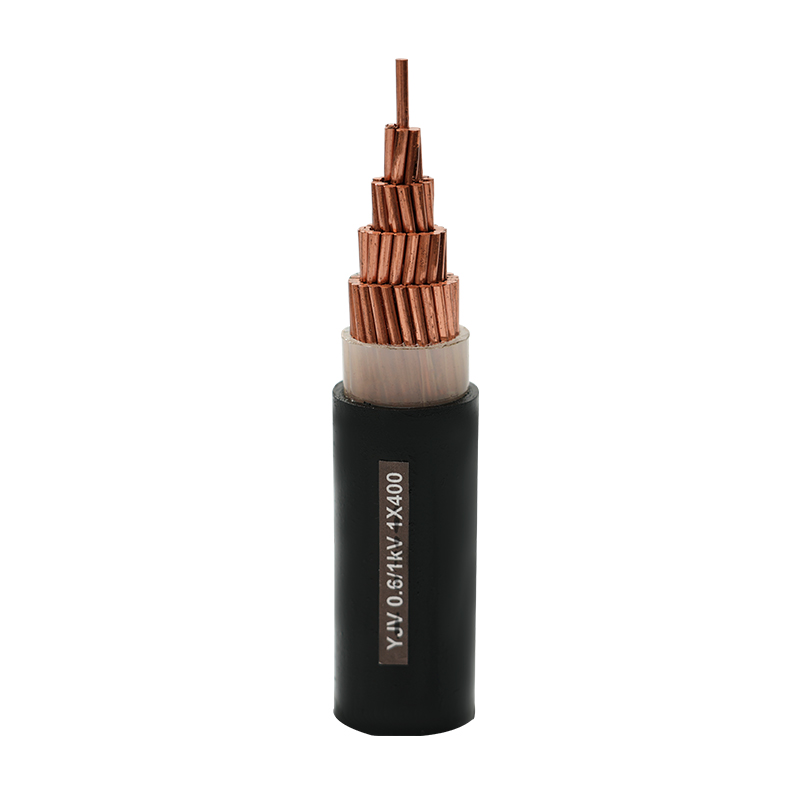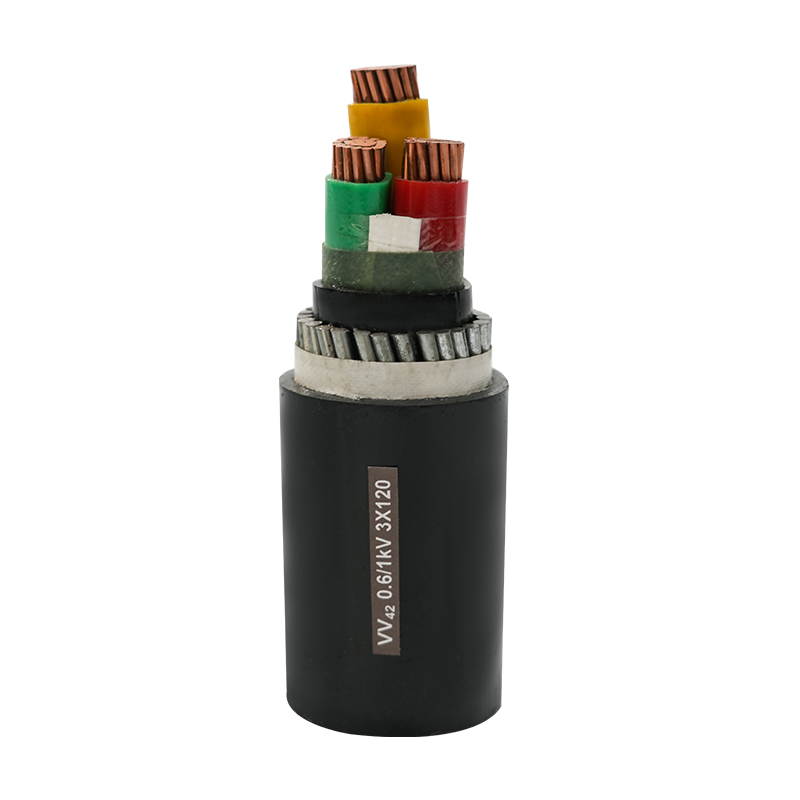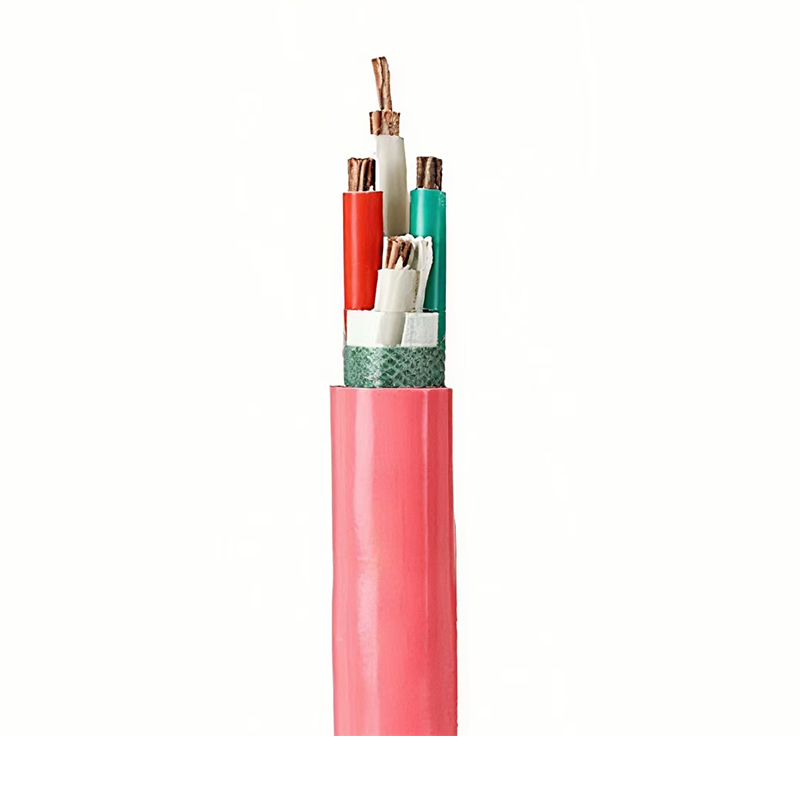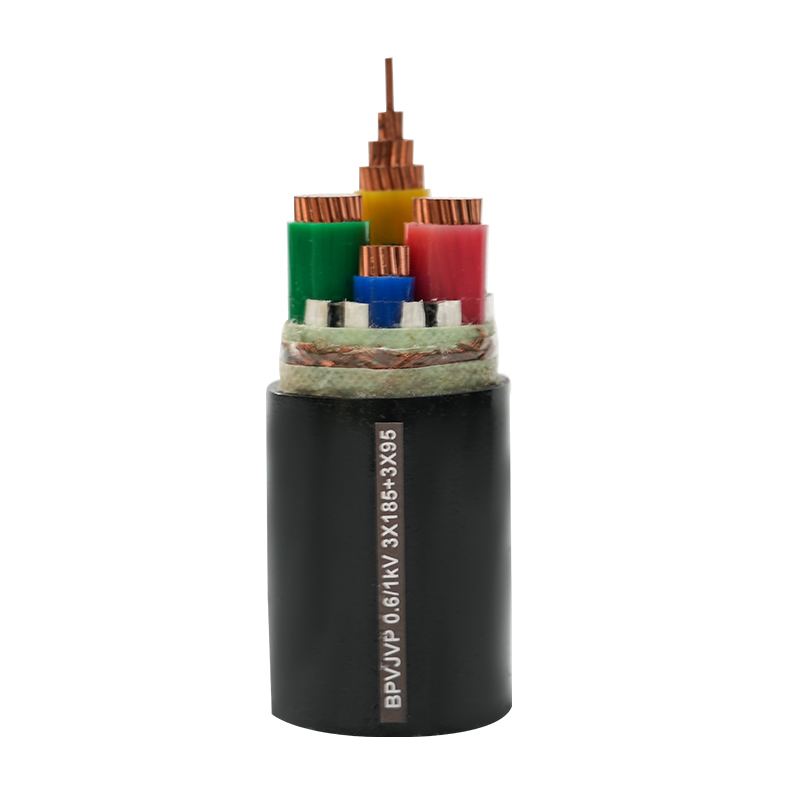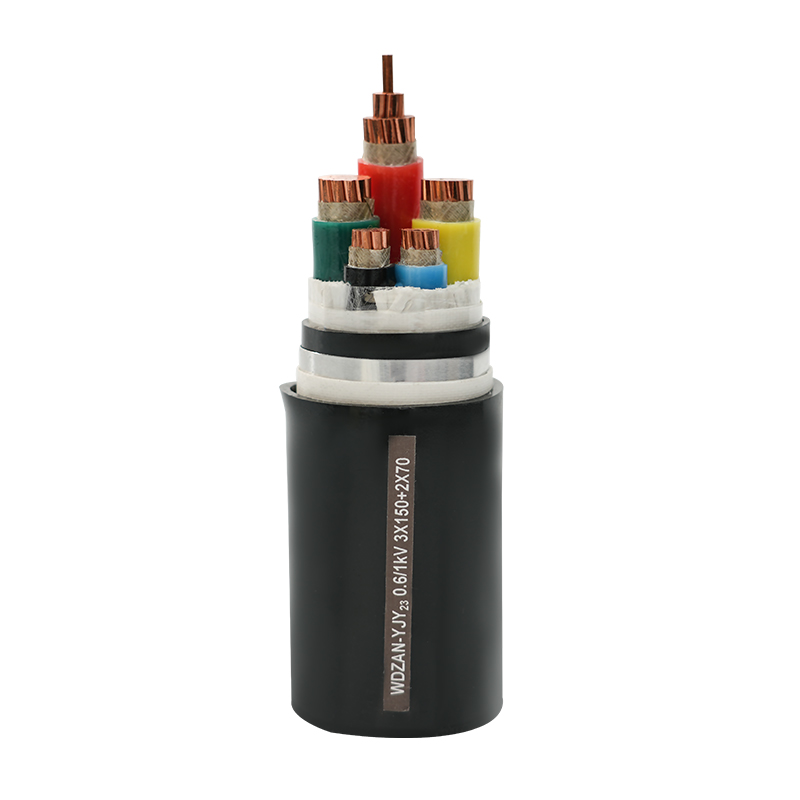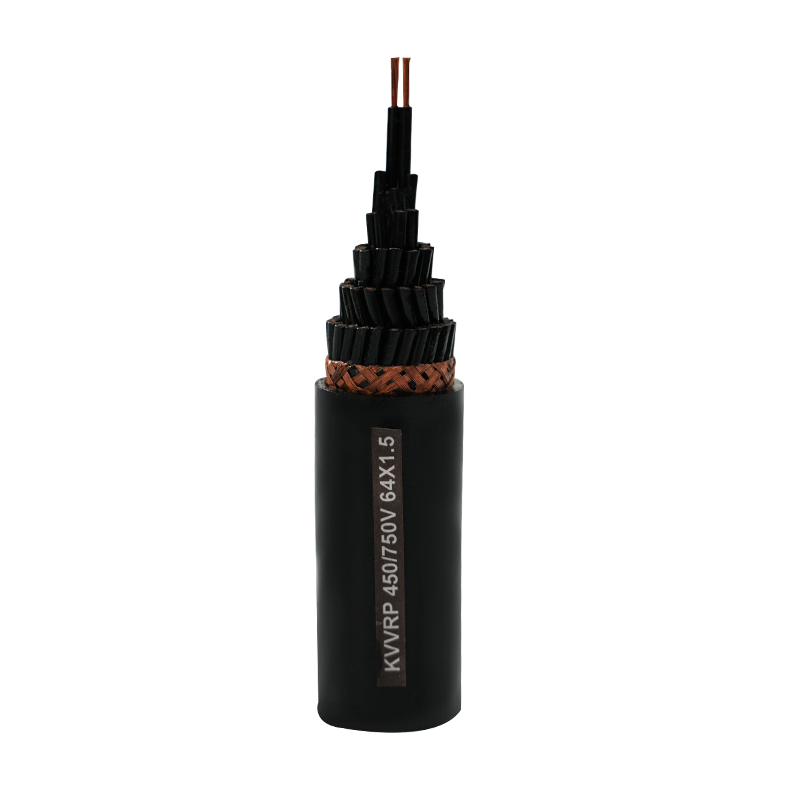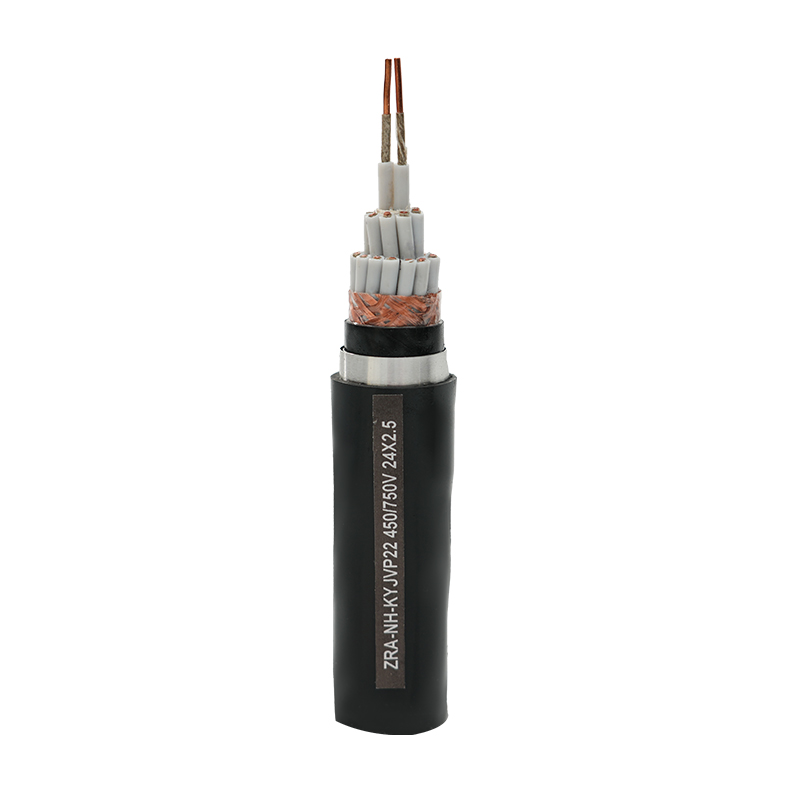Fluoroplastic insulated control cable, with its unique material properties, has achieved double breakthroughs in electrical performance and environmental adaptability, providing an ideal solution for complex working conditions and high-frequency transmission needs. This performance leap is not a manifestation of a single advantage, but a precise release of the molecular structure characteristics of fluoroplastics in different dimensions.
Fluoroplastics themselves have extremely low dielectric constants and dielectric loss tangent values, which makes them a "natural match" for high-frequency signal transmission. In traditional cables, the dielectric loss of insulating materials causes signal energy to be converted into heat energy and dissipated, causing signal attenuation; while fluoroplastics effectively reduce this energy loss with the stability of their molecular structure. When high-frequency signals are transmitted in fluoroplastic insulated control cables, their molecular chains hardly interact with electromagnetic fields, minimizing signal distortion and interference. In the antenna feeder system of a communication base station, the frequency of high-frequency signals can reach several GHz, and the signal attenuation rate of ordinary cables is high. Control cables insulated with fluoroplastics can control the attenuation within a very small range, ensuring stable communication between base stations and terminal equipment. In scenarios such as radar systems that require stringent signal accuracy, the low-loss characteristics of fluoroplastic insulated control cables enable even the slightest changes in radar echo signals to be accurately captured and transmitted, ensuring the accuracy of detection data and the reliability of system operation.
The improvement in environmental adaptability further expands the application boundaries of fluoroplastic insulated control cables. The fluoroplastic insulation layer has strong resistance to environmental factors such as ultraviolet rays, moisture, and mold due to its chemical inertness. In outdoor communication projects, the insulation layer of ordinary cables is exposed to ultraviolet rays for a long time, which is prone to aging and cracking, while the fluoroplastic insulation layer can resist the photodegradation of ultraviolet rays and maintain the integrity of the material structure; in the face of humid environments, the hydrophobicity of its molecular structure effectively prevents water penetration and avoids the degradation of insulation performance caused by water tree aging. In confined spaces such as underground integrated pipe corridors where mold is prone to grow, the chemical stability of fluoroplastics makes it difficult for them to become a nutrient source for microorganisms, thereby eliminating damage to the insulation layer caused by mold erosion. The low surface energy of the fluoroplastic surface gives the cable non-stickiness, making it difficult for dust and oil to adhere to it. Even in dusty industrial workshops or machinery manufacturing scenes with frequent oil pollution, the cable can still remain clean, significantly reducing the maintenance frequency and cost.
From the microscopic level of signal transmission to the macroscopic test of complex environments, fluoroplastic insulated control cables achieve a comprehensive leap in performance through the coordinated improvement of electrical performance and environmental adaptability. Whether it is to ensure the high speed and stability of the communication network or to ensure the continuous operation of industrial equipment in harsh environments, this type of cable is based on material properties and transforms the advantages of molecular structure into reliable performance in practical applications.

 English
English 中文简体
中文简体 русский
русский عربى
عربى